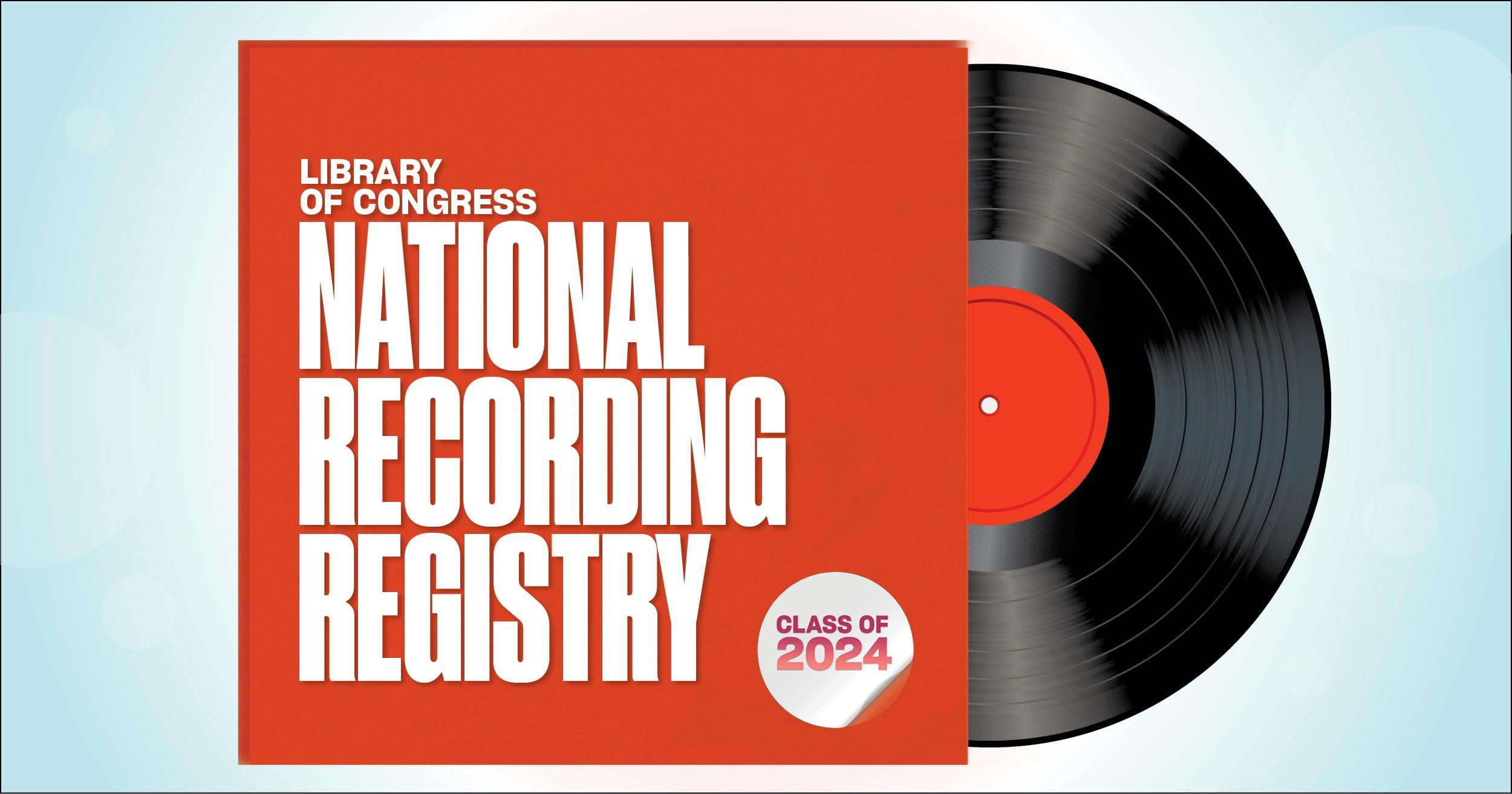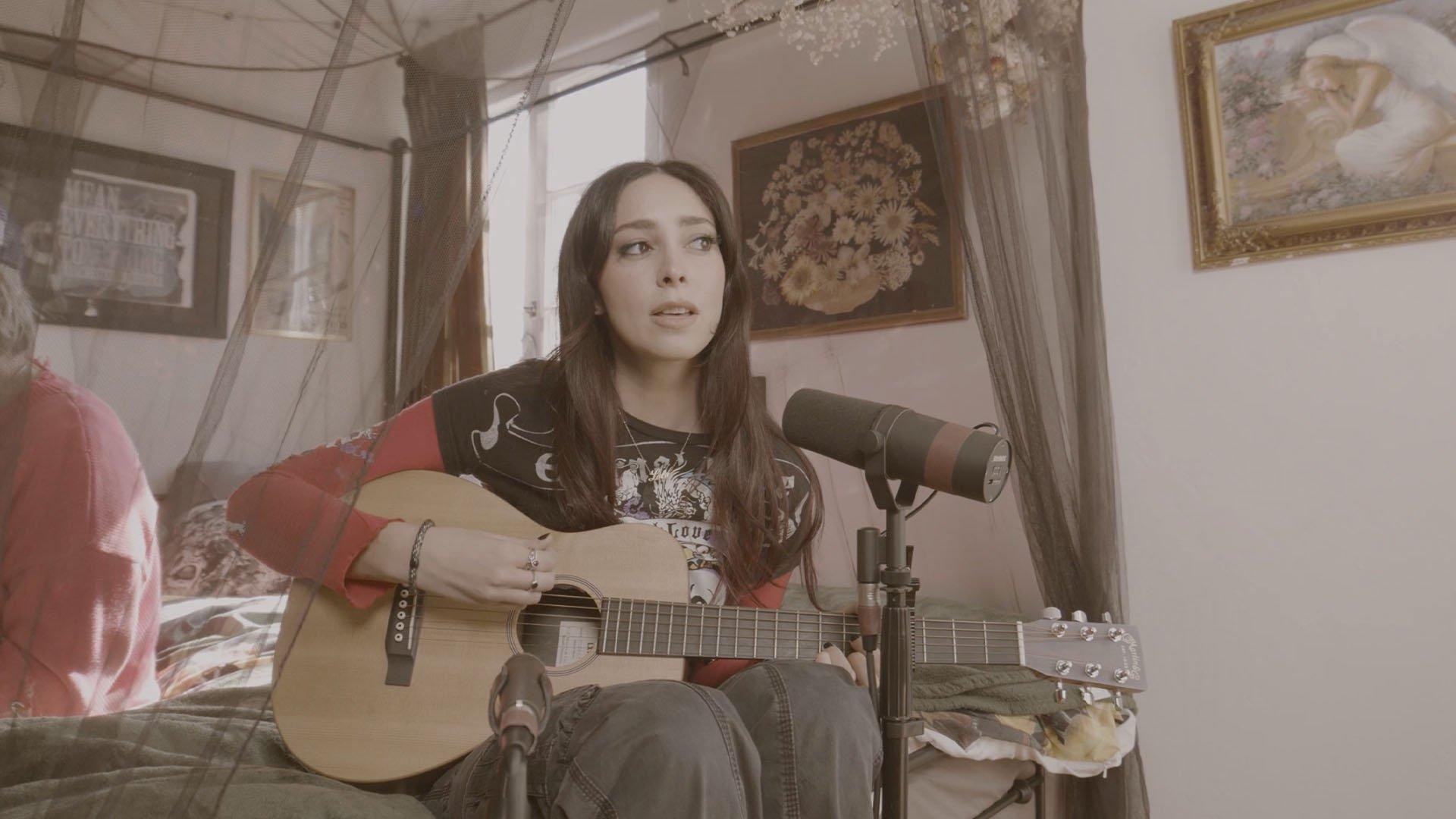St. Patrick's Day is a holiday celebrated worldwide in honor of the anniversary of St. Patrick's death in the fifth century. While named after St. Patrick, the most commonly recognized of the patron saints of Ireland, it began as purely a Christian holiday but has morphed over the years into a day celebrated by not just the Irish, but the Irish at heart.
In the United States, St. Patrick's Day is commemorated with lavish parades in many cities, including festivities in Boston, New York and Philadelphia that date back to the 18th century. Celebrants engage in all things green, shamrocks, Irish food and drink, and other fun activities — some cities, such as Chicago, have even been known to dye to their rivers green.
But what would all the festivities be without a little music? With that in the mind, following is our green-tinted GRAMMY St. Patrick's Day playlist.
U2, "Beautiful Day"
Every day is a beautiful day, especially St. Patrick's Day. (Or if you happen to be Bono.) This song from Ireland's favorite rock band won three GRAMMYs in 2000 for Record Of The Year, Song Of The Year and Best Rock Performance By A Duo Or Group With Vocal.
<iframe width="620" height="349" src="https://www.youtube.com/embed/co6WMzDOh1o" frameborder="0" allow="accelerometer; autoplay; encrypted-media; gyroscope; picture-in-picture" allowfullscreen></iframe>
Sinéad O'Connor, "Nothing Compares 2 U"
Born in Dublin, O'Connor rose to prominence with the GRAMMY-nominated "Nothing Compares 2 U," which climbed to No. 1 on the Billboard Hot 100 in 1990. O'Connor picked up a GRAMMY for Best Alternative Music Performance for I Do Not Want What I Haven't Got the same year.
<iframe width="620" height="349" src="https://www.youtube.com/embed/0-EF60neguk" frameborder="0" allow="accelerometer; autoplay; encrypted-media; gyroscope; picture-in-picture" allowfullscreen></iframe>
Culture Club, "Do You Really Want To Hurt Me"
Boy George has a touch of Irish lineage. His mother Dinah O'Dowd was born in Dublin and his father Gerry O'Dowd also has Irish roots. The colorful vocalist made his musical mark with Culture Club, which blended elements of pop, dance, new wave and soul, and won the Best New Artist GRAMMY in 1983.
<iframe width="620" height="349" src="https://www.youtube.com/embed/2nXGPZaTKik" frameborder="0" allow="accelerometer; autoplay; encrypted-media; gyroscope; picture-in-picture" allowfullscreen></iframe>The Chieftains, "Behind Blue Eyes"
Roger Daltrey & The Chieftains, "Behind Blue Eyes"
Arguably Ireland's most famous traditional folk band, the Chieftains have crafted their unique sound for more than four decades. This cover of the Who classic, though blue, is featured on their very green GRAMMY-winning album An Irish Evening — Live At The Grand Opera House, Belfast.
<iframe width="560" height="315" src="https://www.youtube.com/embed/kXwl7vzwaSw" frameborder="0" allow="accelerometer; autoplay; encrypted-media; gyroscope; picture-in-picture" allowfullscreen></iframe>
Van Morrison, "Brown Eyed Girl"
The classic status of GRAMMY-winning Van Morrison's "Brown Eyed Girl" was further cemented in 2007 when it was inducted into the GRAMMY Hall Of Fame. Morrison is a native of Belfast, Ireland, and brown and green do go well together.
<iframe width="560" height="315" src="https://www.youtube.com/embed/UfmkgQRmmeE" frameborder="0" allow="accelerometer; autoplay; encrypted-media; gyroscope; picture-in-picture" allowfullscreen></iframe>
Green Day, "Boulevard Of Broken Dreams"
After putting back one too many at the local pub, Green Day's "Boulevard Of Broken Dreams" may or may not be appropriate. The song, taken from their 2004 American Idiot album, won the GRAMMY for Record Of The Year in 2005.
<iframe width="620" height="349" src="https://www.youtube.com/embed/Soa3gO7tL-c" frameborder="0" allow="accelerometer; autoplay; encrypted-media; gyroscope; picture-in-picture" allowfullscreen></iframe>
Cee Lo Green, "F*** You"
If the change in your pockets wasn't enough and you're finding yourself green with envy because your ex-significant other recently moved on in favor of an Xbox upgrade, this is your song. Cee Lo himself proved to be much more than an Atari, picking up Best Urban/Alternative Performance honors at last month's 53rd GRAMMYs.
<iframe width="620" height="349" src="https://www.youtube.com/embed/E4CBjFI6Gzg" frameborder="0" allow="accelerometer; autoplay; encrypted-media; gyroscope; picture-in-picture" allowfullscreen></iframe>
Booker T. & The MG's, "Green Onions"
Booker T. & The MG's were renowned for their tight Memphis R&B grooves and backing hits by artists such as Sam & Dave, Otis Redding and Wilson Pickett, among others. They could also cook up a mean batch of "Green Onions" — this song was inducted into the GRAMMY Hall Of Fame in 1999.
<iframe width="620" height="349" src="https://www.youtube.com/embed/0oox9bJaGJ8" frameborder="0" allow="accelerometer; autoplay; encrypted-media; gyroscope; picture-in-picture" allowfullscreen></iframe>
The Black Keys, "Tighten Up"
Though their band name bears black and their style incorporates elements of blues, the Black Keys do have some green in them. Drummer Patrick Carney's surname has Irish origins, meaning warrior or soldier. The Black Keys recently had a little Irish luck on their side, winning for Best Rock Performance By A Duo Or Group With Vocals at the 53rd Annual GRAMMY Awards.
<iframe width="620" height="349" src="https://www.youtube.com/embed/mpaPBCBjSVc" frameborder="0" allow="accelerometer; autoplay; encrypted-media; gyroscope; picture-in-picture" allowfullscreen></iframe>
Al Green, "As Long As We're Together"
This 11-time GRAMMY winner has turned Green into gold over the years, including the award for Best Soul Gospel Vocal Performance, Male Or Female for "As Long As We're Together" in 1989.
<iframe width="620" height="349" src="https://www.youtube.com/embed/p1AIpnHjuWE" frameborder="0" allow="accelerometer; autoplay; encrypted-media; gyroscope; picture-in-picture" allowfullscreen></iframe>
The Muppets, "Bein' Green"
Sometimes "it's not that easy bein' green" — just ask Kermit the Frog, or better yet ask Oscar the Grouch. But if there is any day that it is easy, it would be St. Patrick's Day. This contemplative number, sung by Kermit himself, is featured on the Muppets' 1978 GRAMMY-winning The Muppet Show.
<iframe width="620" height="349" src="https://www.youtube.com/embed/z4ZxxHbJGbY" frameborder="0" allow="accelerometer; autoplay; encrypted-media; gyroscope; picture-in-picture" allowfullscreen></iframe>
New Christy Minstrels, "Green Green"
Perhaps one of the lesser-known popular post-World War II folk acts, the New Christy Minstrels were nominated for a Best Folk Recording GRAMMY in 1963 for "Green, Green," on which they ruminate about finding a place "where the grass is greener still."
<iframe width="620" height="349" src="https://www.youtube.com/embed/PfxgbsXeTdE" frameborder="0" allow="accelerometer; autoplay; encrypted-media; gyroscope; picture-in-picture" allowfullscreen></iframe>
Various Artists, Green Eggs And Ham And Other Servings Of Dr. Seuss
This spoken-word album, which features nine of Dr. Seuss' classic children stories including Green Eggs And Ham read by Jason Alexander, garnered a GRAMMY nomination in 2004 for Best Spoken Word Album For Children. And since you're probably sick of green by now, also try One Fish Two Fish Red Fish Blue Fish, read by David Hyde Pierce.
<iframe allow="autoplay *; encrypted-media *;" frameborder="0" height="450" style="width:100%;max-width:660px;overflow:hidden;background:transparent;" sandbox="allow-forms allow-popups allow-same-origin allow-scripts allow-storage-access-by-user-activation allow-top-navigation-by-user-activation" src="https://embed.music.apple.com/us/album/songs-from-dr-seuss/213986033"></iframe>
Which artists fill up your St. Patrick's Day playlist?




